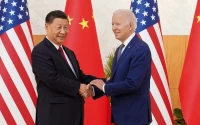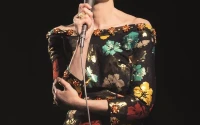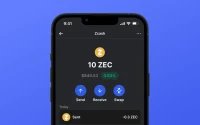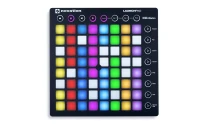In an era dominated by conversations about generative AI, synthetic media, and algorithms designed to predict our every click, it’s easy to fall into the trap of thinking that creativity is becoming a commodity. We see AI art winning competitions, we hear AI-generated music that’s uncannily good, and we’re told that the next great screenplay might just be written by a large language model. The narrative is seductive: human ingenuity, that messy and unpredictable spark, is being systematized, optimized, and perhaps, eventually, replaced.
And then, you read a simple press release from the BBC that, on its surface, has nothing to do with technology, and it hits you like a lightning bolt. Jennifer Saunders and Dame Joanna Lumley are reuniting for a Christmas special.
I know what you’re thinking. A British sitcom reunion? What does that have to do with the future? Everything. When I first saw the news that Ab Fab stars Jennifer Saunders and Joanna Lumley reunite for Amandaland, I honestly just sat back in my chair, a huge smile on my face. Because this isn’t just a casting announcement; it’s a powerful data point. It’s a beautiful, chaotic, and fundamentally human variable being injected into the cultural machine, reminding us that the most potent creative force on this planet isn't coded in Python—it’s forged in chemistry.
The Un-Simulatable Spark
In science, we talk about emergent properties—in simpler terms, it’s the magic that happens when you combine specific ingredients in just the right way to create something totally new and unpredictable, something that wasn't present in the individual components. Water has properties that neither hydrogen nor oxygen have on their own. And Saunders and Lumley, when they share a screen, create a comedic energy that is a perfect example of this phenomenon. You can’t distill it, you can’t write a formula for it, and you certainly can’t prompt an AI to generate it.
Think about the details here. Saunders is joining Amandaland to play the sister of Lumley’s character. This isn’t a random cameo. It’s a deliberate, layered creative choice that leans into decades of public perception and their legendary on-screen history as Edina and Patsy in Absolutely Fabulous. An algorithm could have scanned casting databases and identified them as a high-engagement pairing. But would it have understood the deep, meta-textual humor of casting them as sisters? Would it grasp the subtle comedic friction of Saunders playing a character described as a "ball of country-living, enthusiastic upper-class bluster," a near-inversion of her most famous role alongside Lumley?
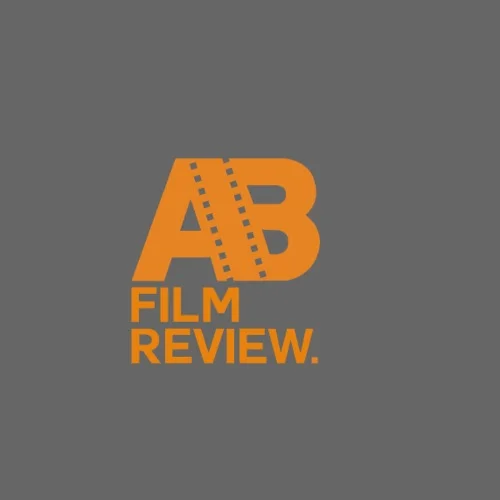
What we're witnessing is the deployment of a uniquely human algorithm, one built on trust, shared experience, and timing honed over thousands of hours. Could you train a model on every Ab Fab episode? Sure. But it would be like analyzing the sheet music of a Miles Davis solo to understand jazz. You’d have the notes, but you’d miss the soul entirely. What is the dataset for a shared glance? For a perfectly timed pause that elicits a roar of laughter?
The Human Latent Space
We are living through a shift as profound as the invention of the printing press. That technology didn't eliminate the storyteller; it gave them a bigger stage. It democratized the distribution of ideas. Similarly, AI will democratize the tools of creation, but it will never, ever replace the source code of true artistic collaboration. The reunion of these two comedic legends is a testament to the fact that the most powerful creative engines are still built on human relationships, not silicon—it’s a system that runs on a complex cocktail of memory, affection, and an unspoken understanding of how to make each other shine.
This is the kind of breakthrough that reminds me why I got into this field in the first place. Not to build machines that replace us, but to build tools that amplify our humanity. As we develop these incredible new technologies, we have a profound responsibility to recognize what they can't do. We must actively value and protect the messy, inefficient, and breathtakingly brilliant process of human collaboration. The temptation will be to optimize everything, to smooth out the rough edges, and to rely on predictable outputs. But true innovation, the kind that moves culture forward, has always come from the unpredictable sparks that fly when unique human minds collide.
What does a future look like where we use technology not to simulate chemistry, but to foster it? How can we build platforms that connect the right creative partners, not based on keywords, but on the potential for that indescribable, emergent magic?
The Real Source Code is Chemistry
Ultimately, the excitement around this Amandaland special isn't just nostalgia. It's an intuitive, collective recognition of something rare and valuable. In a world saturated with synthetic content, we are starved for authenticity. We crave the genuine spark of connection, the lightning-in-a-bottle moment that feels real because it is real. This reunion is a case study. It proves that after all the data has been processed and all the models have been trained, the most valuable intellectual property we will ever have is the irreplaceable, un-replicable, and profoundly human bond between collaborators. That isn't a relic of the past; it's the blueprint for a more creative and connected future.






